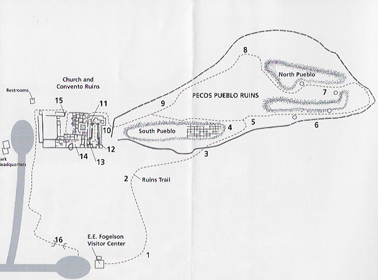
Throughout the trail
The Plant w/Flowers

The Flowers & Leaves

The Burs

Distribution
"It is native to the Mediterranean basin but is found throughout the world." (Wikipedia)
Description
"Full grown plant stems are up to 2 feet (60 cm) long, and usually sprawl along and/or under the ground. The stems often root at the nodes; adult plants, and even young plants that have been able to grow for a few weeks undisturbed can be very difficult to pull out, leaving behind tap roots and a network of plant pieces when pulled. Mechanically removing top growth from this plant will not usually eradicate it. If not properly managed, burclover may then become invasive and displace more desirable vegetation.[1]
Being a member of the Leguminosae family, the flowers are clover-like, lipped and clustered. Bloom takes place from March to June in the plant's native territory. Flowers (3–6 mm long) are small, bright yellow, and cluster into flower heads of 2 to 10 flowers at the stem tips. The fruit is a pod that coils tightly 2 to 6 times and has rows of prickles on the outside edge of the pod. The fruits are about 6–7 mm across. They start out green and relatively soft, but quickly turn brown and hard. Inside the pod are several seeds—usually yellow or tan and kidney shaped. The burred fruiting bodies can be quite difficult to remove from softer fabrics, such as fleeces and knitted socks.[2][3][4]" (Wikipedia)
Ethnobotanical Uses
Food:
"Cahuilla Porridge Parched, ground seeds used to make mush. ---Medocino Indian Forage Seeds and leaves used as a forage plant. Dried seedpods eaten by sheep in summer." (Moerman 337)
Internet Links